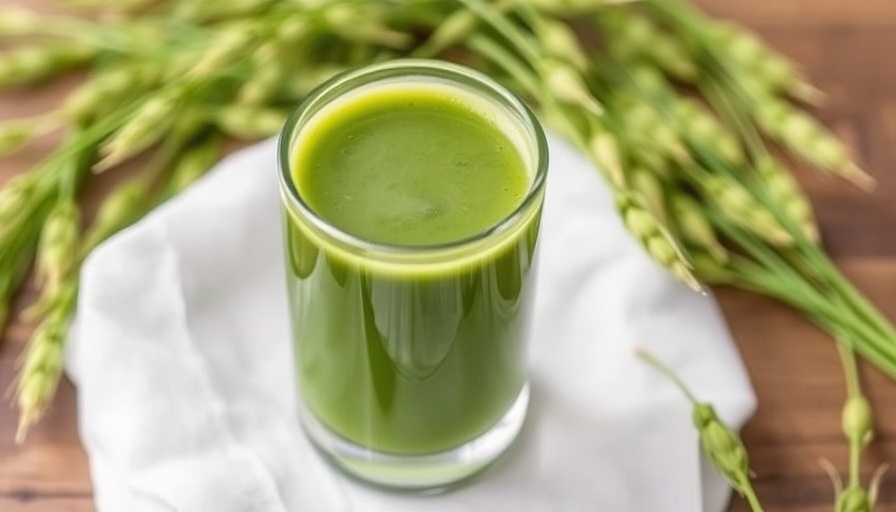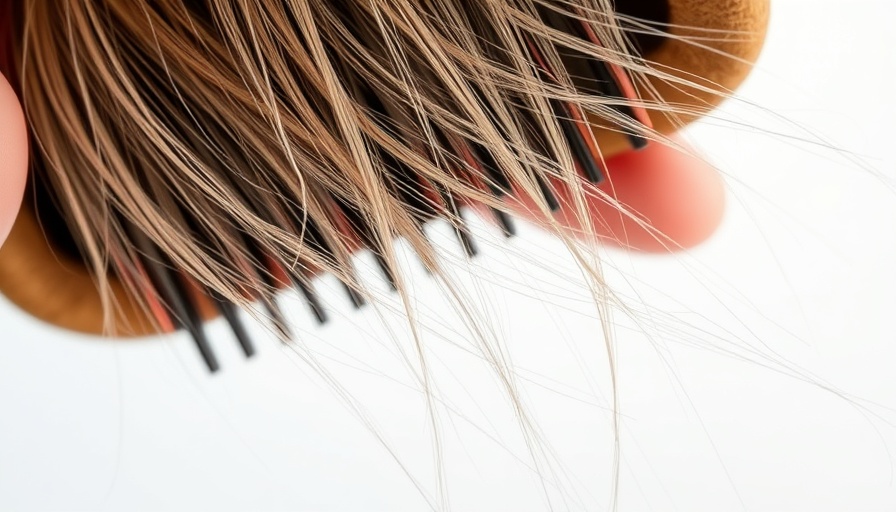
Your Health at Risk: Understanding 3-MCPD
3-MCPD, or 3-monochloropropane-1,2-diol, is a compound that frequently appears in processed foods, such as soy sauce and fried snacks, due to high-temperature cooking and refining processes. This chemical draws attention not only because of its prevalence in common dietary items but also because of the potential health risks associated with its consumption, including its classification as a possible carcinogen.
Sources and Formation of 3-MCPD
Identifying where 3-MCPD comes from is crucial for understanding how to minimize exposure. Typically, it forms during:
- Acid Hydrolysis: Common in the production of soy sauce and hydrolyzed vegetable proteins, the reaction involves high temperature and hydrochloric acid.
- Oil Refining: 3-MCPD is often found in refined oils (e.g., palm and canola oil) processed under high heat.
- Other High-Heat Cooking Methods: Techniques such as frying and baking can lead to the formation of 3-MCPD, particularly when fats are involved.
Common Foods that Contain 3-MCPD
Many everyday foods may harbor 3-MCPD. Awareness of these can aid in healthier choices:
- Soy sauces and products containing hydrolyzed vegetable proteins.
- Refined oils used in many dressings, baked goods, and packaged snacks.
- Fried items like French fries and chips, which are particularly vulnerable to high-heat processing.
Regulations and Recommendations: What You Should Know
How we address 3-MCPD lies largely in the regulatory landscape. The European Union has taken a strict stance, establishing low limits for its presence in food due to the associated health concerns. In contrast, regulations in other regions, like the U.S., are less stringent, which opens the door for potential continued consumption of this harmful compound.
Strategies for Reducing 3-MCPD Exposure
Given its association with health risks, consumers can take specific steps to limit their exposure to 3-MCPD:
- Opt for unrefined oils whenever possible, as these varieties are less likely to contain harmful levels of 3-MCPD.
- Choose naturally fermented soy sauce instead of those that have undergone hydrolysis.
- Minimize the intake of fried foods; consider healthier cooking methods like steaming or baking.
The Importance of Awareness and Education
As consumers, awareness plays a vital role in making healthier dietary choices. The more informed individuals are about the risks of 3-MCPD and its sources, the better they can manage their overall health.
Common Myths about 3-MCPD
There's much misinformation surrounding food additives like 3-MCPD. Here are some key misconceptions to dispel:
- All Processed Foods are Equal: While many processed foods may contain additives, not all have the same levels of harmful chemicals. It's essential to read labels carefully.
- Cooking Can Eliminate 3-MCPD: High-temperature cooking, which generates 3-MCPD, does not remove the compound but can increase its concentration.
Future Trends in Food Safety
As awareness around food quality and safety grows, the industry will likely see shifts towards healthier practices. Innovations such as cleaner processing methods and stricter regulations could help combat dangerous contaminants like 3-MCPD.
Conclusion and Call to Action
Your health is paramount, and being informed about harmful substances like 3-MCPD is the first step to safeguarding it. By choosing healthier foods and being mindful of what you consume, you take control of your well-being. For those looking to make significant changes, consider exploring our range of healthy food options in our store!
 Add Row
Add Row  Add
Add 




Write A Comment